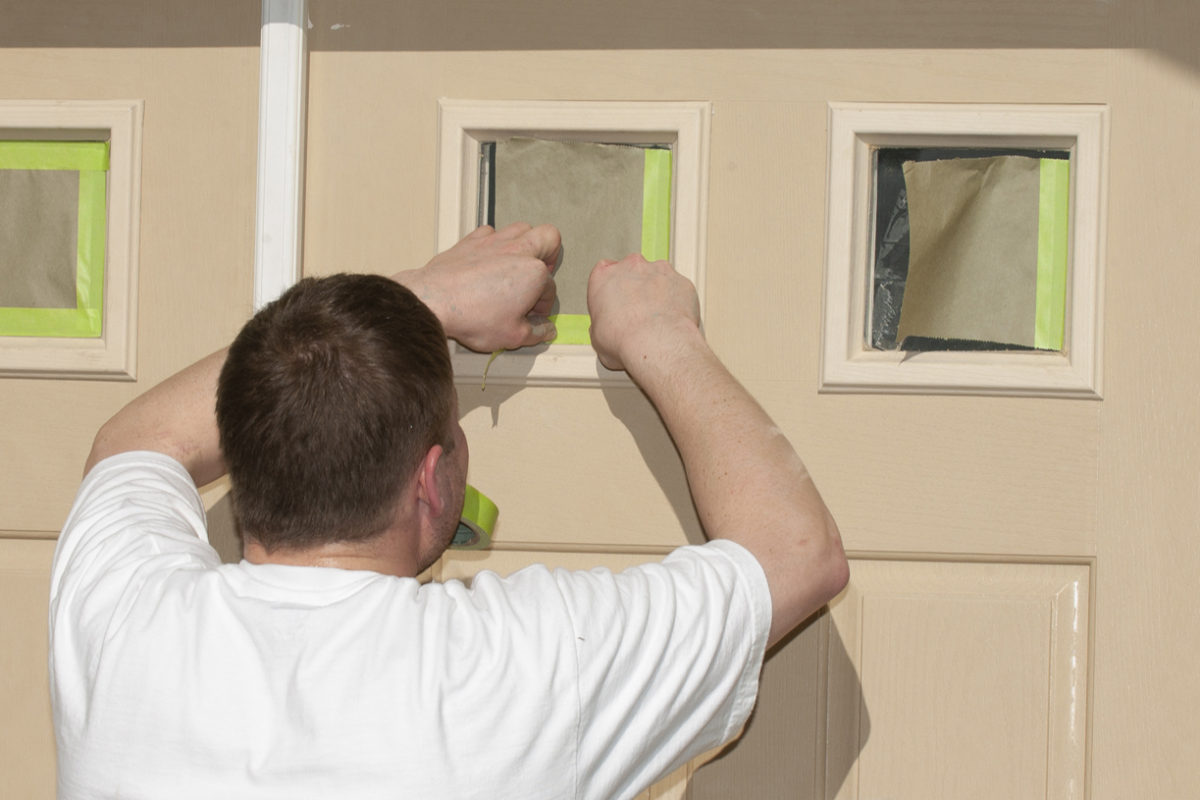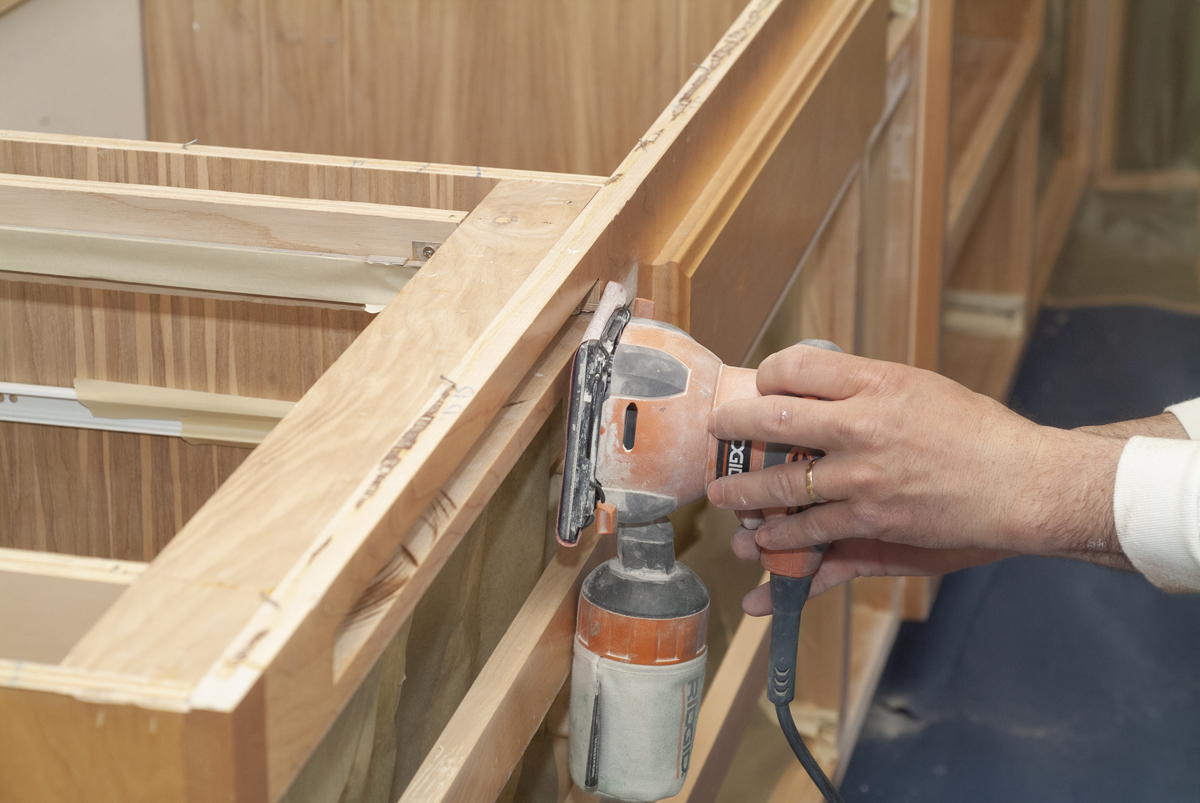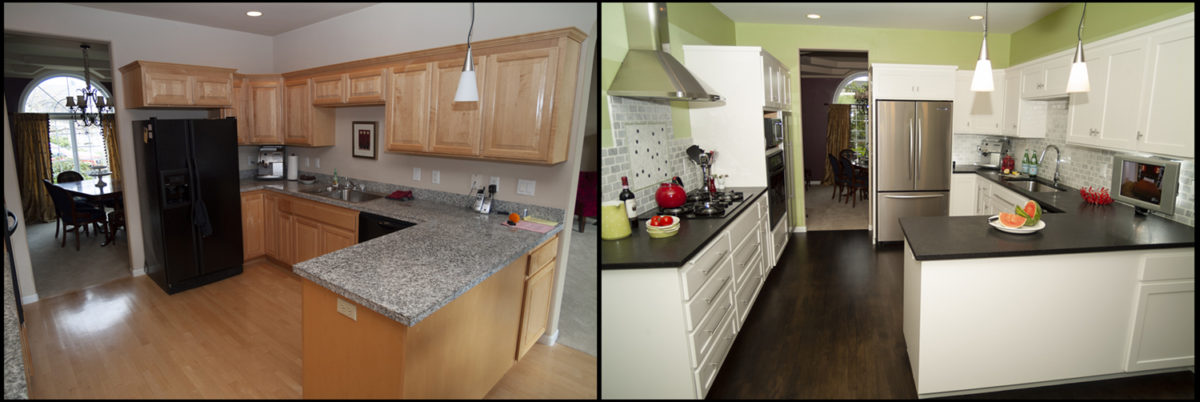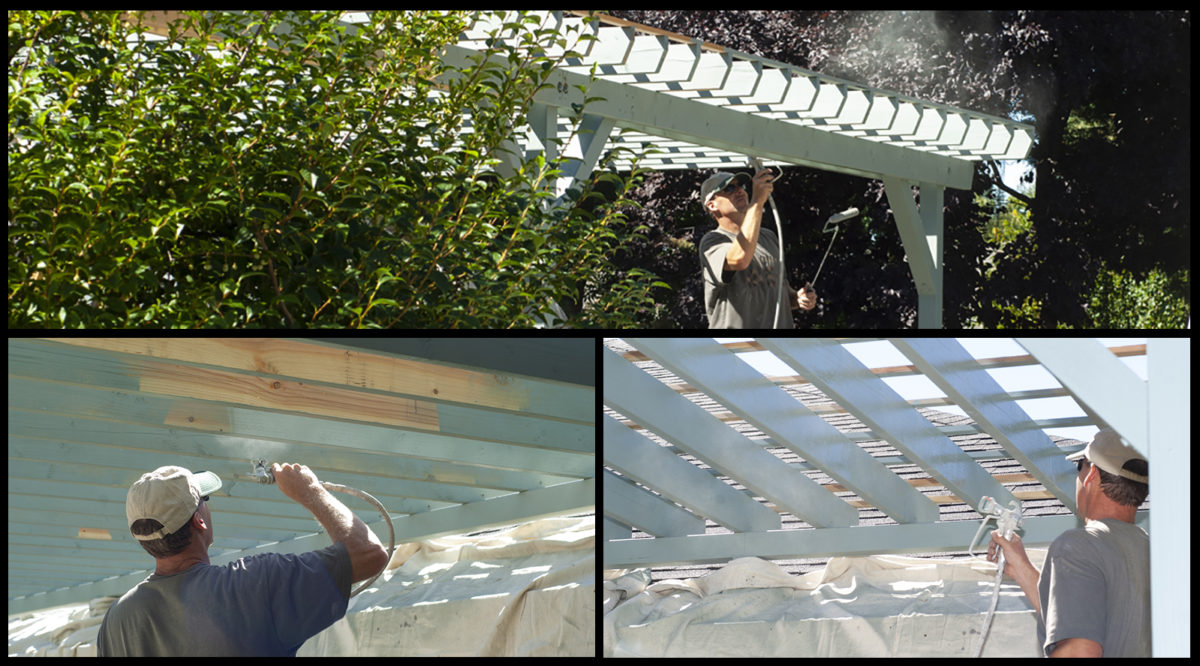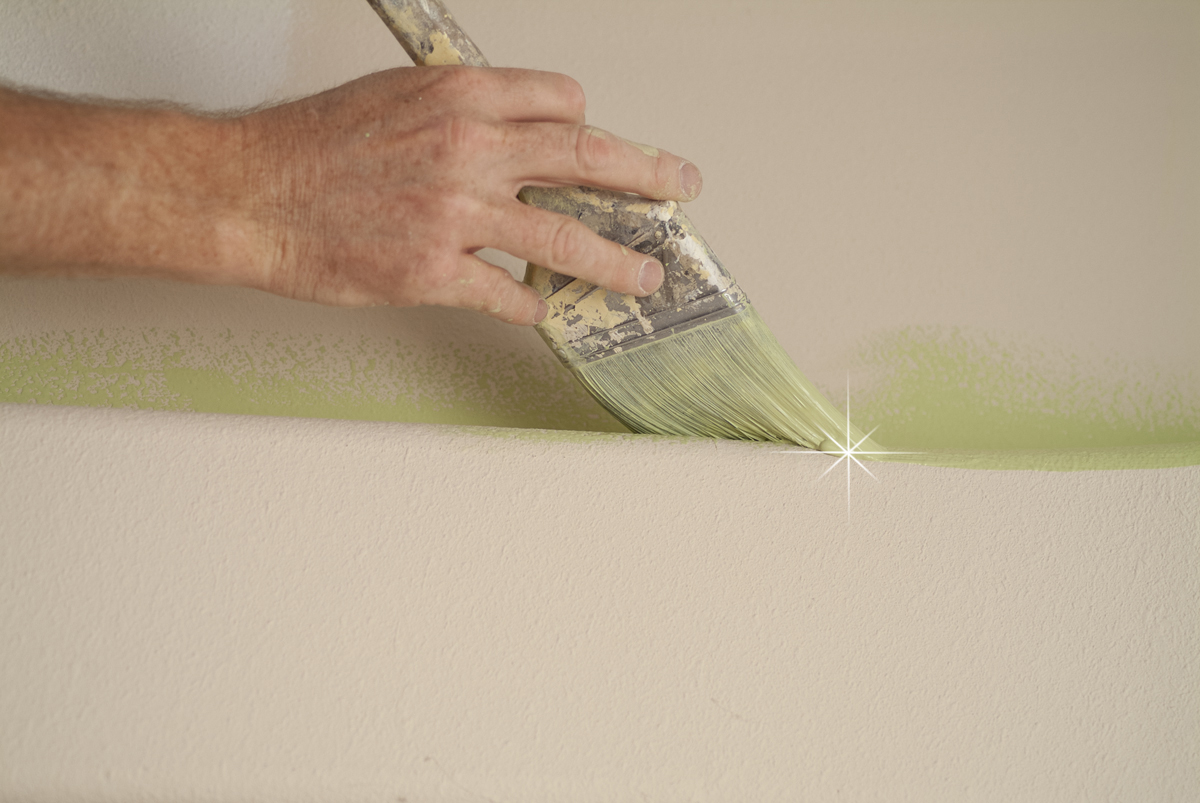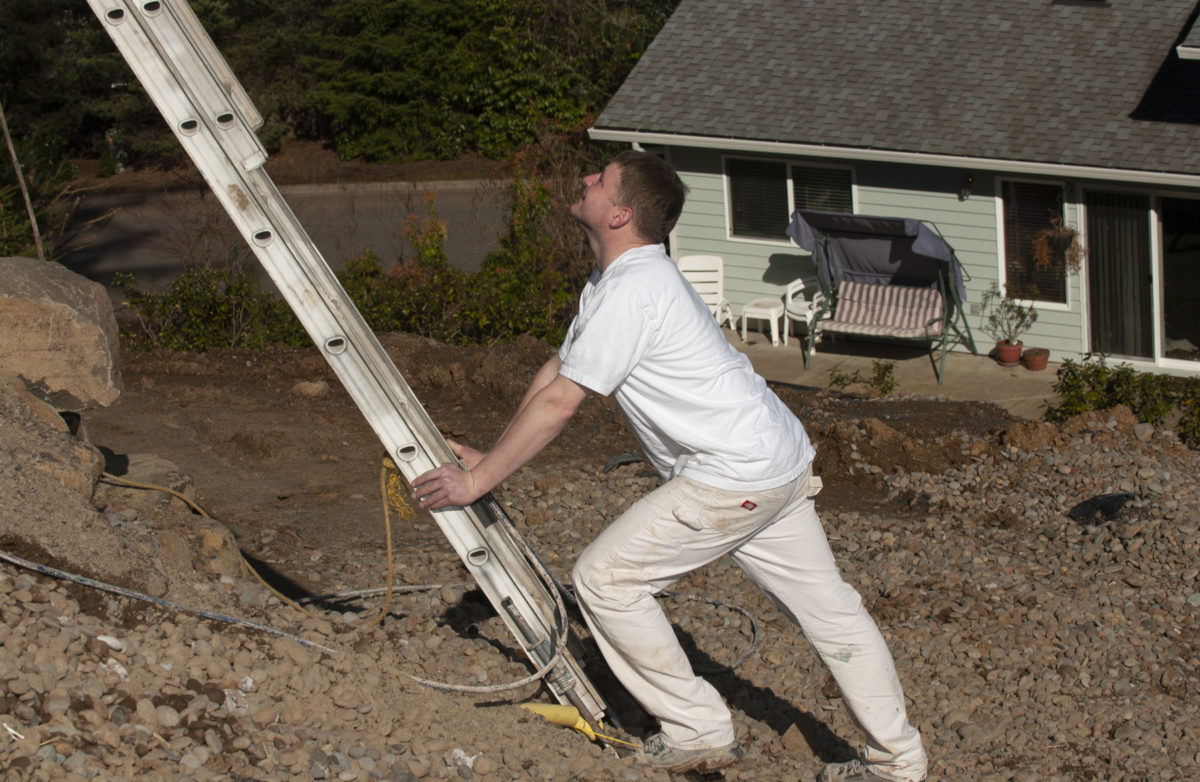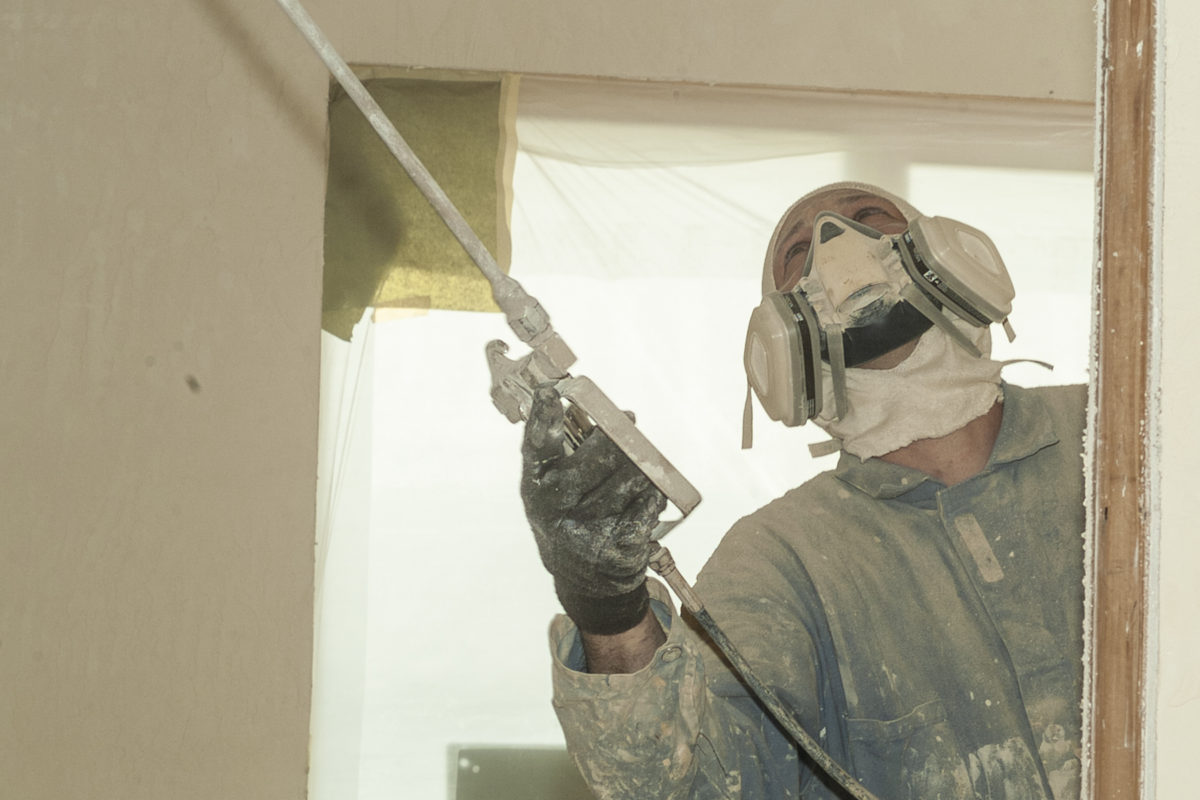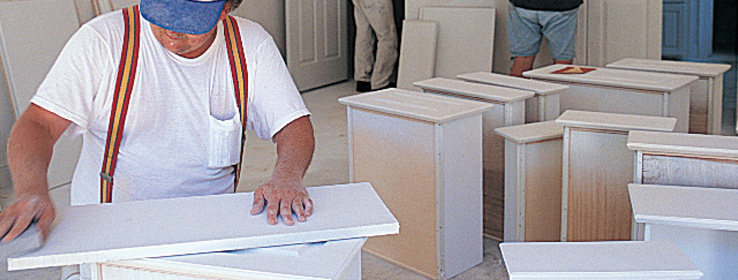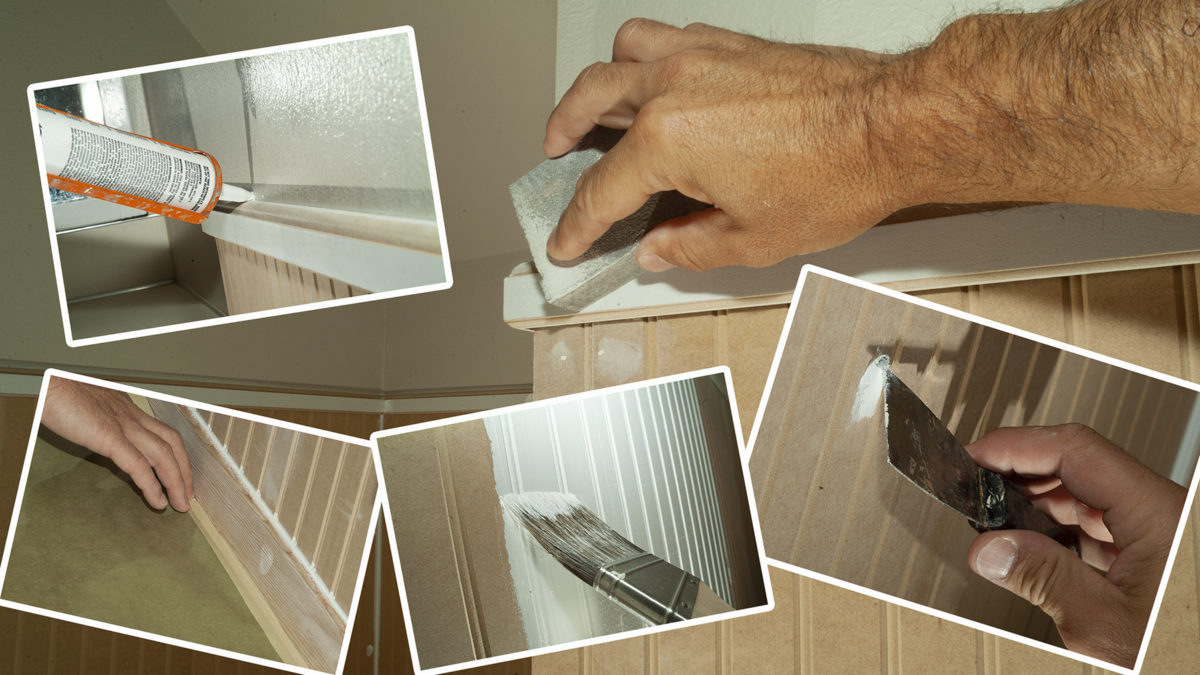Painting an entry door is usually a project in itself. Often the color and sheen are unique and can really create a statement for the exterior of the home.
Entry doors are often made of materials you don’t find anywhere else on the house exterior – perhaps fiberglass or steel. These surfaces require a thorough knowledge of primers for coverage, adhesion and longevity. Often the finish coat application is similar to automotive painting and requires a deft touch with the sprayer.
Windows in doors (called lights) can vary in configuration and construction techniques. Some door manufacturers will premask the lights. Some lights require experience with the glazing, which can spill over onto the surface to be painted. Think about the number of masked edges on a 15 light door. That’s 45 pieces of tape per single door side or 180 pieces on a double french doors inside and out. That’s a lot of masking!
Door sealing along all edges is essential, since it is exposed to higher humidity than most interior doors. Sealing the edges can prevent moisture penetration, which can prevent discoloration, delamination and warping.
Got an entry door that needs painting? Call the doctor.

